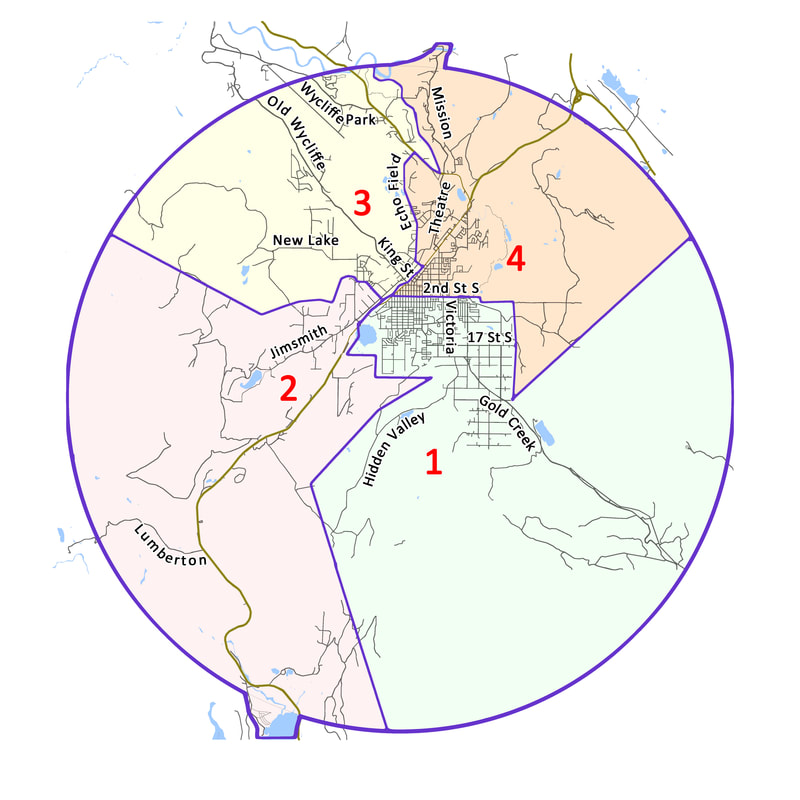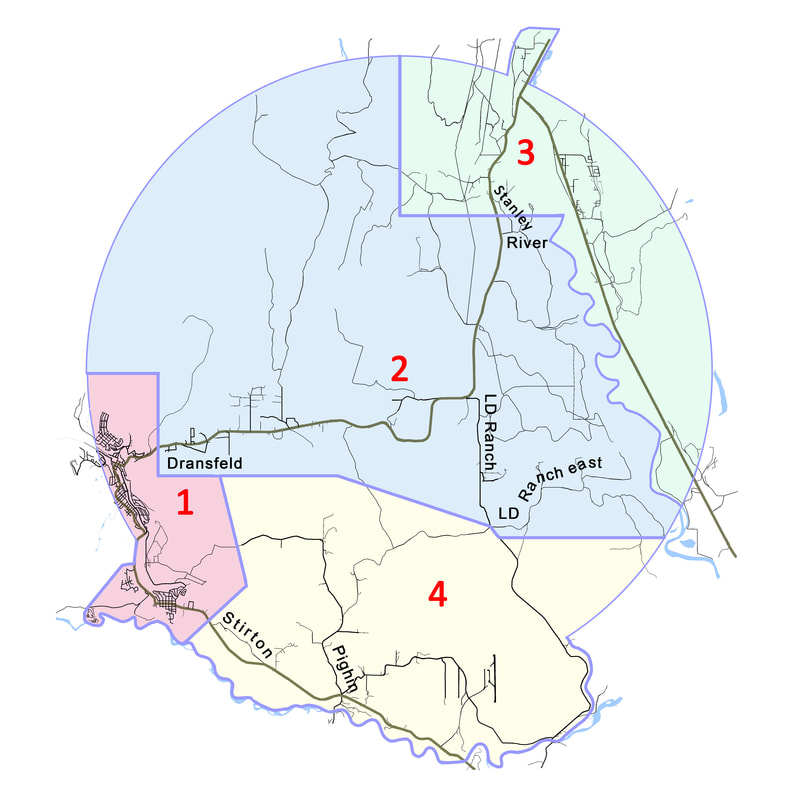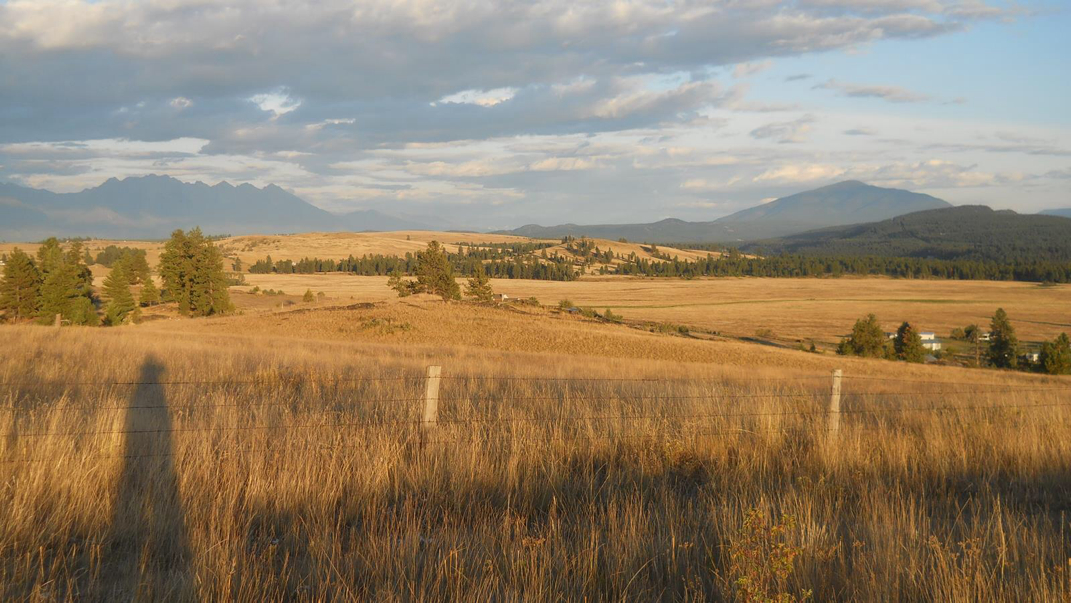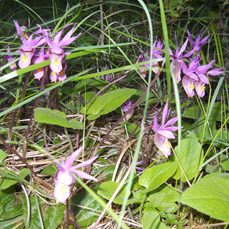Here are some new maps of both the Cranbrook and Kimberley Christmas Bird Count Circles.
Each circle is 24 km in diameter; and we traditionally include some areas outside the circle, as shown.
So, if you are a feeder watcher, you can double check which circle you are in!
Thanks!
Check out our Christmas Bird Counts tab for details and results





 RSS Feed
RSS Feed
